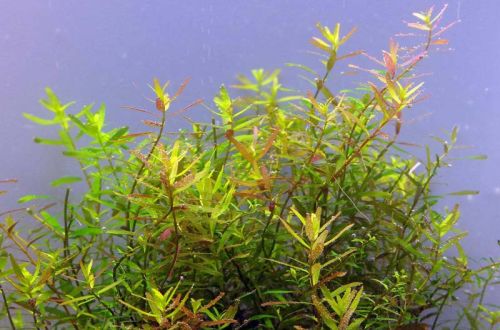
Barclay longifolia
Barclaya longifolia, scientific name Barclaya longifolia. Found ubiquitously in nature throughout

For a long time it can remain relatively small and practically not grow if its roots are limited, for example, by planting in a small pot. Considered a surprisingly hardy plant when grown in warm water (at least 24°C) and good light levels. Absorbs essential nutrients directly from the water. Of course, the presence of a nutrient substrate will not be superfluous. Growth periods are sometimes accompanied by resting phases. During this period, the leaves fall off, and the rhizome rests for several weeks. Then new leaves sprout.
It propagates in two ways: with the help of shoots growing from the rhizome, and by seeds. It is worth noting that this aquarium plant is one of the easiest to propagate from seeds. Barclay forms a peduncle, which, reaching the surface, opens a flower and self-pollination occurs. Inside the flower, brown seeds ripen in a jelly-like substance. They can be collected and planted in the ground. If this is not done, then the seeds will simply fall into the water and grow in an arbitrary place, which can lead to overgrowing of the aquarium.




